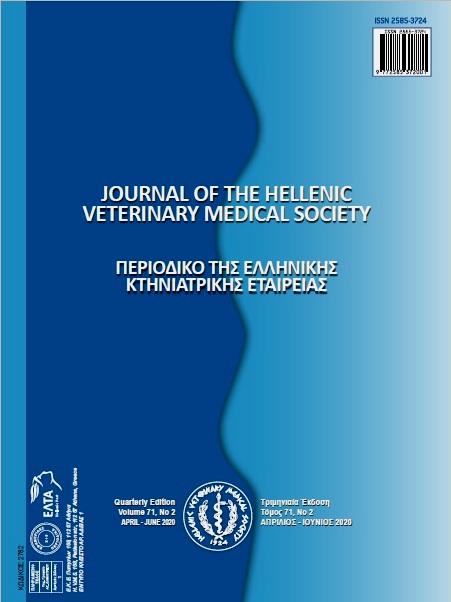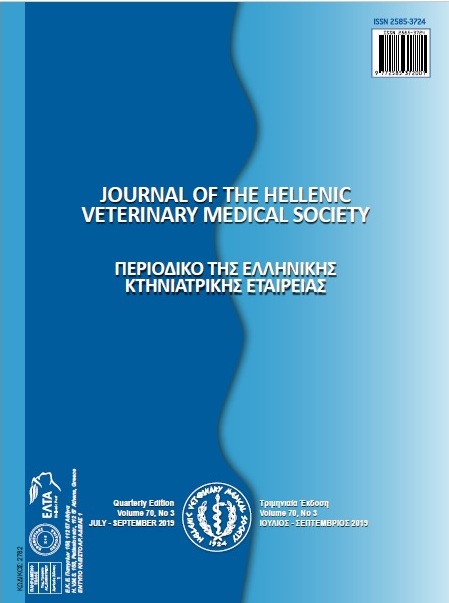Seroprevalence and associated risk factors of Toxoplasma gondii infection in stray cats in Algiers urban area, Algeria

Abstract
Toxoplasmosis is a zoonotic parasitic disease caused by the protozoan Toxoplasma gondii. Human infections are common and generally asymptomatic, but they can become very dangerous in immunosuppressed and HIV-positive patients. The infection can also be serious if it is transmitted to the fetus during pregnancy. Infection in untreated mothers can lead to abortion, birth defects and blindness of the fetus. The aim of this study is to determinethe seroprevalence of Toxoplasma IgT antibodies in cats in the urban area of Algiers. From December 2017 to August 2018, blood samples from 184 stray cats were collected and analyzed for IgG antibodies against T. gondii using an ELISA method. Overall, the prevalence of T. gondii infection in stray cats was 58.15% (107/184). There was no statistically significant difference between male and female cats. The rate of seropositivity of T. gondii increased with age (p <0.05). There was no statistically significant difference between the different regions from which the samples were taken. The results of the present study showed the high seroprevalence of toxoplasmosis in Algiers rather than in other countries. Due to the high seroprevalence of Toxoplasma IgG antibodies in cats, it is recommended to include in the prenatal evaluation, together with the adoption of a screening test and the determination of the IgG antibody titer in the high-risk populations (young girls, pregnant women) public information programs on the disease and measures that can contribute to prevention
Article Details
- How to Cite
-
MOHAMED-CHERIF, A., BENFODIL, K., ANSEL, S., & AIT-OUDHIA, K. (2020). Seroprevalence and associated risk factors of Toxoplasma gondii infection in stray cats in Algiers urban area, Algeria. Journal of the Hellenic Veterinary Medical Society, 71(2), 2135–2140. https://doi.org/10.12681/jhvms.23638
- Issue
- Vol. 71 No. 2 (2020)
- Section
- Research Articles

This work is licensed under a Creative Commons Attribution-NonCommercial 4.0 International License.
Authors who publish with this journal agree to the following terms:
· Authors retain copyright and grant the journal right of first publication with the work simultaneously licensed under a Creative Commons Attribution Non-Commercial License that allows others to share the work with an acknowledgement of the work's authorship and initial publication in this journal.
· Authors are able to enter into separate, additional contractual arrangements for the non-exclusive distribution of the journal's published version of the work (e.g. post it to an institutional repository or publish it in a book), with an acknowledgement of its initial publication in this journal.
· Authors are permitted and encouraged to post their work online (preferably in institutional repositories or on their website) prior to and during the submission process, as it can lead to productive exchanges, as well as earlier and greater citation of published work.



